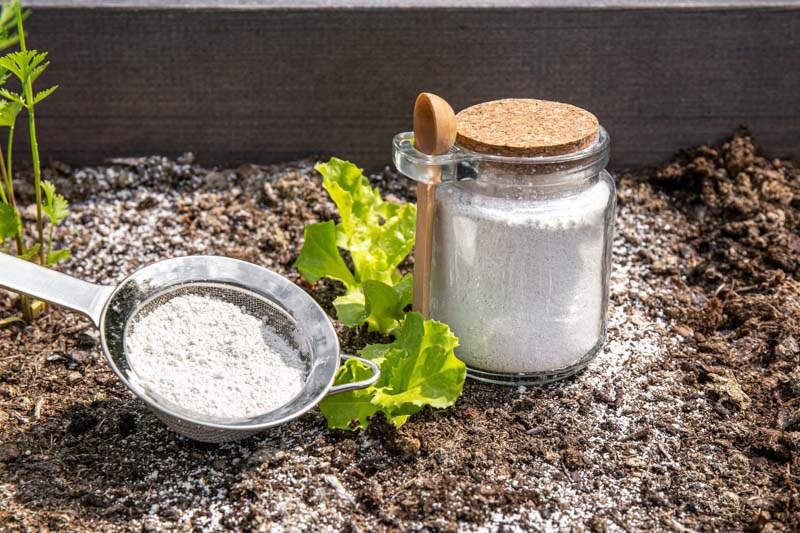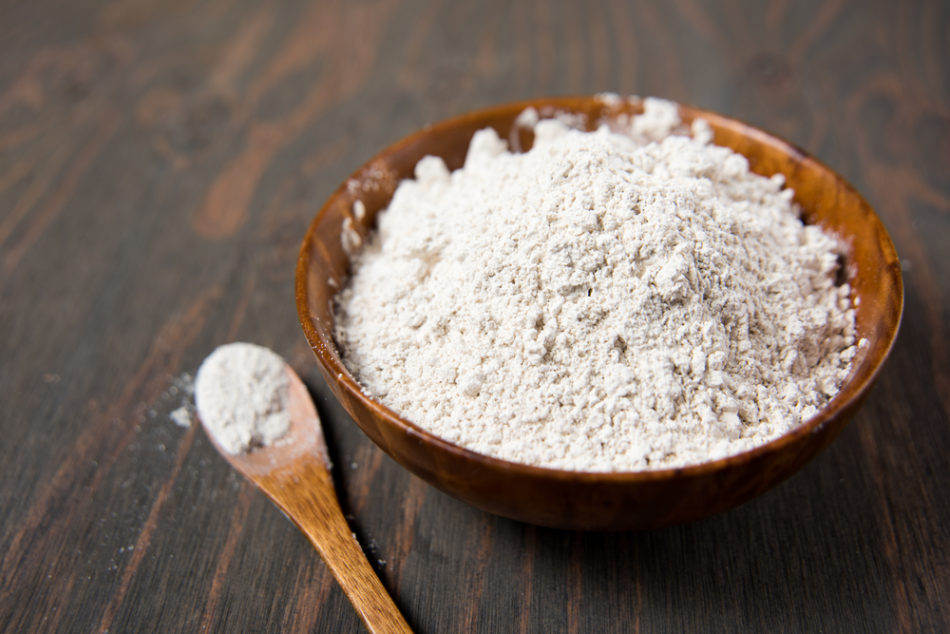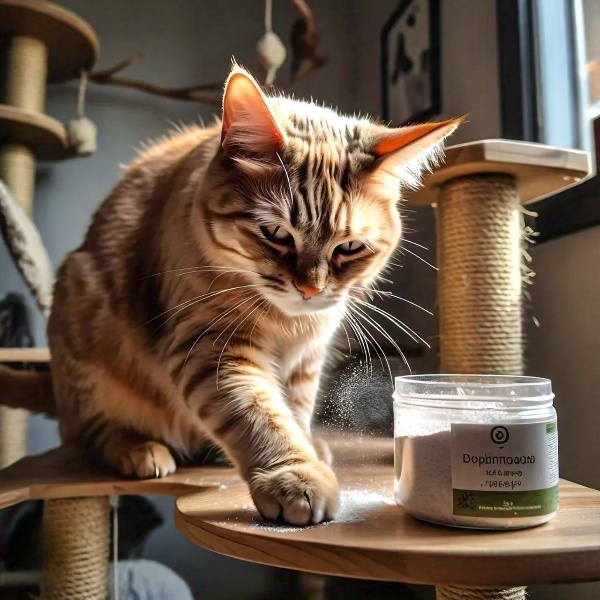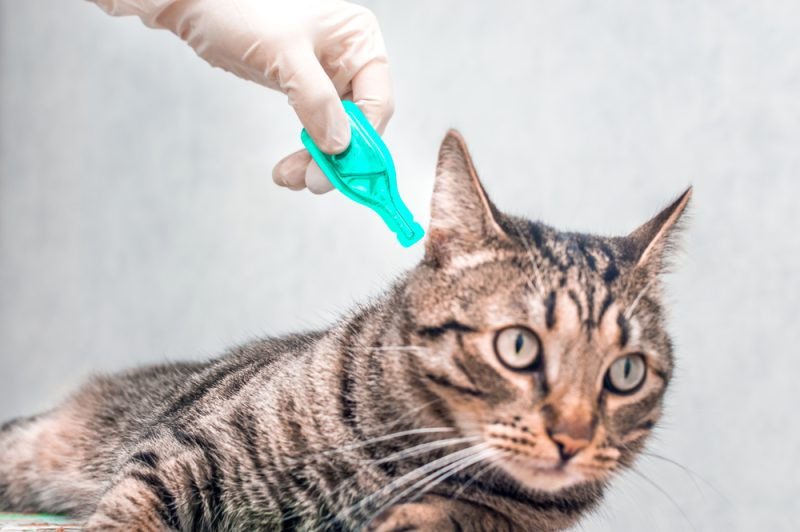Fleas can be an important nuisance for both cats and their owners. These tiny pests can cause discomfort, allergic reactions, and even transmit diseases. If you’re looking for a natural and effective solution, diatomaceous earth (DE) might be the answer.
This article will delve into how to use diatomaceous earth for fleas on cats, covering its properties, application methods, safety considerations, and additional tips for controlling fleas in your home. For more information on caring for your cat, check out this guide.
What is Diatomaceous Earth?

Diatomaceous earth (DE) is a natural, soft sedimentary rock that is crushed into a fine powder. It is primarily composed of the fossilized remains of tiny aquatic organisms called diatoms. DE’s unique structure gives it its pest-control properties. When insects come into contact with the powder, it dehydrates them, damaging their exoskeletons.
Diatomaceous earth is commonly used in pest control, and even as a dietary supplement for humans and animals. Always use food-grade diatomaceous earth when considering it for flea control, as this type is safe for pets.
Benefits of Using Diatomaceous Earth for Fleas

- Natural and Non-Toxic: Unlike many chemical flea treatments, food-grade DE is a natural substance, making it a safer option for your cat and the environment.
- Effective: DE is effective in killing fleas and other pests through dehydration.
- Multi-Use: In addition to fleas, diatomaceous earth can help control other pests, such as ticks and mites, and can even be used in your garden.
- Affordable: DE is generally inexpensive and widely available, making it accessible for many pet owners.
Diatomaceous Earth for Fleas on Cats

Here’s a step-by-step guide to using diatomaceous earth safely and effectively on your cat:
1: Choose the Right Diatomaceous Earth
Ensure that you select food-grade diatomaceous earth. This type is safe for pets and humans. Avoid using industrial-grade DE, as it may contain harmful additives.
2: Prepare Your Cat
Before applying DE, it’s essential to prepare your cat:
- Grooming: Brush your cat to remove loose fur and dirt. This helps the DE penetrate the coat more effectively.
- Check for Fleas: Inspect your cat’s fur for signs of fleas, such as flea dirt (tiny black specks) or live fleas.
3: Application
Follow these steps for practical application:
- Dusting the Fur: Use a duster or your hands to lightly apply diatomaceous earth to your cat’s fur. Focus on different areas where fleas are likely to hide like neck, base of the tail, and underbelly.
- Avoid Sensitive Areas: Do not apply DE near your cat’s eyes, nose, or mouth. It’s also best to avoid sensitive skin areas.
- Amount to Use: A little goes a long way. A light dusting is all you need to be effective.
4: Let it Sit
After applying, allow the diatomaceous earth to sit on your cat’s fur for 24 hours. This duration gives the DE time to work, dehydrating and killing fleas.
5: Bathing
Once the time has passed, bathe your cat to remove the diatomaceous earth and any dead fleas. Use a gentle, cat-safe shampoo:
- Warm Water: Make sure the water is warm but not too hot.
- Thorough Rinse: Rinse your cat thoroughly to remove all traces of the DE.
- Repeat the Process
Depends upon the severity of the flea infestation, you may need to repeat the application every few days until the flea problem is under control.
Additional Tips for Flea Control

Using diatomaceous earth is just one part of an effective flea control strategy. Here are additional tips to help you manage fleas in your home:
Treat the Environment
Fleas not only inhabit your cat but also your home. To break the flea life cycle:
- Vacuum Regularly: Vacuum carpets, rugs, and furniture to remove fleas and their eggs. Be sure to dispose of the vacuum bag or empty the canister outside.
- Apply DE to Home: Lightly dust diatomaceous earth in areas where your cat spends time, such as bedding, carpets, and furniture. Leave it for a day or two, then vacuum it up.
Wash Bedding and Toys
Wash your cat’s bedding, toys, and fabrics they frequently encounter in hot water. This helps eliminate any lingering fleas and eggs.
Monitor Your Cat
After treatment, focus on your cat for any signs of fleas. If any issue persists, consult your veterinarian for further advice and possible alternative treatments.
Maintain a Clean Environment
Frequent cleaning and maintenance can significantly reduce the likelihood of flea infestations. Keep your home tidy and free from debris where fleas can hide.
Safety Considerations
While diatomaceous earth is generally safe, keep these points in mind:
- Avoid Inhalation: Although food-grade DE is non-toxic, inhaling the fine powder can irritate the respiratory system. Apply DE in a well-ventilated area and avoid creating dust clouds.
- Monitor Your Cat: After application, note any symptoms of discomfort or allergic reactions, such as itching or excessive grooming. If you notice any adverse reactions, discontinue use and consult your veterinarian.
- Consult a Vet: Always talk to your veterinarian before introducing any new treatments, especially if your cat has underlying health issues or is pregnant. For more information, you can visit here.
Conclusion
Diatomaceous earth can be an effective, natural solution for managing fleas on cats. By following the proper application techniques and combining DE with other flea control strategies, you can significantly reduce your home’s flea population and relieve your feline friend. Remember to choose food-grade DE, monitor your cat’s health, and maintain a clean environment to ensure the best results. With patience you can create a flea-free climate for your beloved pet. Happy pest-free living!

